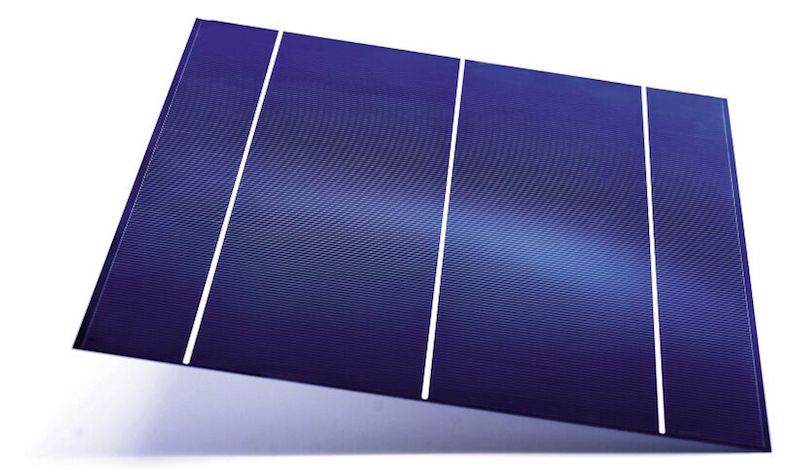Taiwan-based solar technology analysts EnergyTrend forecast in their new report – Market of Advanced PV Technology – that n-type solar cells are poised to enter mass market production in China in 2018, driven by the specifications laid out in the Top Runner Program.
China’s National Energy Administration (NEA) has recently published further details of the Top Runner’s next stage goals. These state that by the end of 2018, an additional 5 GW of solar capacity that meets the Application Top Runner Program standards should be connected to the grid.
Further, some 1.5 GW of solar capacity must be grid connected by June 30, 2019 – installed under the Technology Top Runner Program. This component places greater emphasis on the adoption of next-generation technology that has yet to enter mass production, and thus will boost the acceleration of n-type commercialization, says EnergyTrend.
The bid scoring process for solar capacity under the Technology Top Runner Program places greater weight on advanced technology, with higher module wattage output derived from next-gen technology accounting for a larger portion of the bid scoring, In other words, if developers want to meet the terms of this portion of the Top Runner Program, it helps if they install solar modules that are higher in efficiency and power output.
EnergyTrend forecasts that such cell efficiency improvements will be increasingly met with PERC and black silicon cell technologies, which will augment the deployment of half-cut, multi-busbar and bifacial cells across China.
While p-type PERC cell technology has now entered large-scale application – growing 160.5% in 2017 to reach 42.38 GW of new capacity – the time is ripe for the increased adoption of n-type cell technologies. Costs for n-type mono-Si wafers are still some 20-30% higher than p-type mono-Si wafers, which actually serves as a reason for n-type adoption under the Technology Top Runner Program, says the report.
Under the Application portion of the Top Runner Program, p-type bifacial PERC modules are gaining popularity and will likely form the spine of new technology development in China in 2018. “The key for large scale application lies in the standardized wattage output for the rear side of the cell,” said the EnergyTrend report. “The new standardization will depend on manufacturers and third-party certification institutions.”
Over the course of 2018, mono PERC cells will maintain their grip on the sector in China due to their superior cost-performance ratio against multi PERC cells, while bifacial cells – particularly n-type – will gradually replace single-sided cells once production standardization is set across the country, the report concludes.
This content is protected by copyright and may not be reused. If you want to cooperate with us and would like to reuse some of our content, please contact: editors@pv-magazine.com.



I wish to read your news magazine.
Thank you.